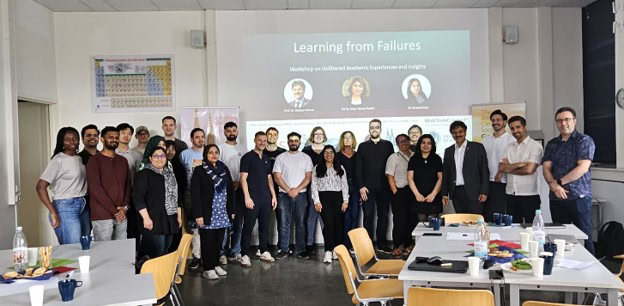
[Image above] Credit: ACerS
By Young-Wook Kim, editor-in-chief of the International Journal of Applied Ceramic Technology
This article is adapted from an editorial in the January/February 2023 issue of IJACT. Read the full editorial here.
With the year 2023 comes volume 20 of the International Journal of Applied Ceramic Technology (IJACT). We proudly celebrate presenting the best research on the application, engineering, and commercialization of advanced ceramics to ACerS members and the global ceramics community.
IJACT developed from the vision and tenacity of the Engineering Ceramics Division leadership, who recognized the need for a forum dedicated to applied ceramics research. Since its launch in 2004, IJACT grew from a few articles per issue to publishing more than 600 articles in 2022. This growth is due in part to expanding its presence in emerging and novel areas of applied ceramic technology, particularly those linked to industrial applications.
In 2020, the leadership of The American Ceramic Society modernized the IJACT editorial team, which now includes the editor-in-chief, three co-equal editors, and more than 80 associate editors. The editorial team is truly international, with editors at institutions and companies in Africa, the Americas, Asia, Europe, and the middle East. Similarly, the authors contributing to IJACT come from the best research labs around the world.
Our new editorial team is focused on delighting authors by making effective and speedy editorial decisions and working to increase the impact factor. The success of these efforts is reflected in the impact factor increasing from 1.074 in 2018 to 2.328 in 2021.
To celebrate the milestone of the 20th volume, the editorial team assembled a selection of papers from IJACT representing the excellent work from our community. This collection, called “ACT @ 20,” highlights historic and recent applied research articles in twelve important advanced ceramic technology areas.
Included in “ACT @ 20” are articles on manufacturing techniques, such as advanced sintering and additive manufacturing, along with application areas critical to health, security, transportation, and the environment. The articles in each topic will be free to read during that topic’s month. Of course, ACerS members enjoy full access to all ACerS journal articles for free as a benefit of their membership.
It is with the greatest of admiration, appreciation, and respect for the committed people who formed, built, and continue to support our journal over the past 20 years that we present “ACT @ 20.” And with our strong team, there is much to hope for in the next 20 years.
Author
Jonathon Foreman
Spotlight Categories
- Journal and Bulletin Updates


